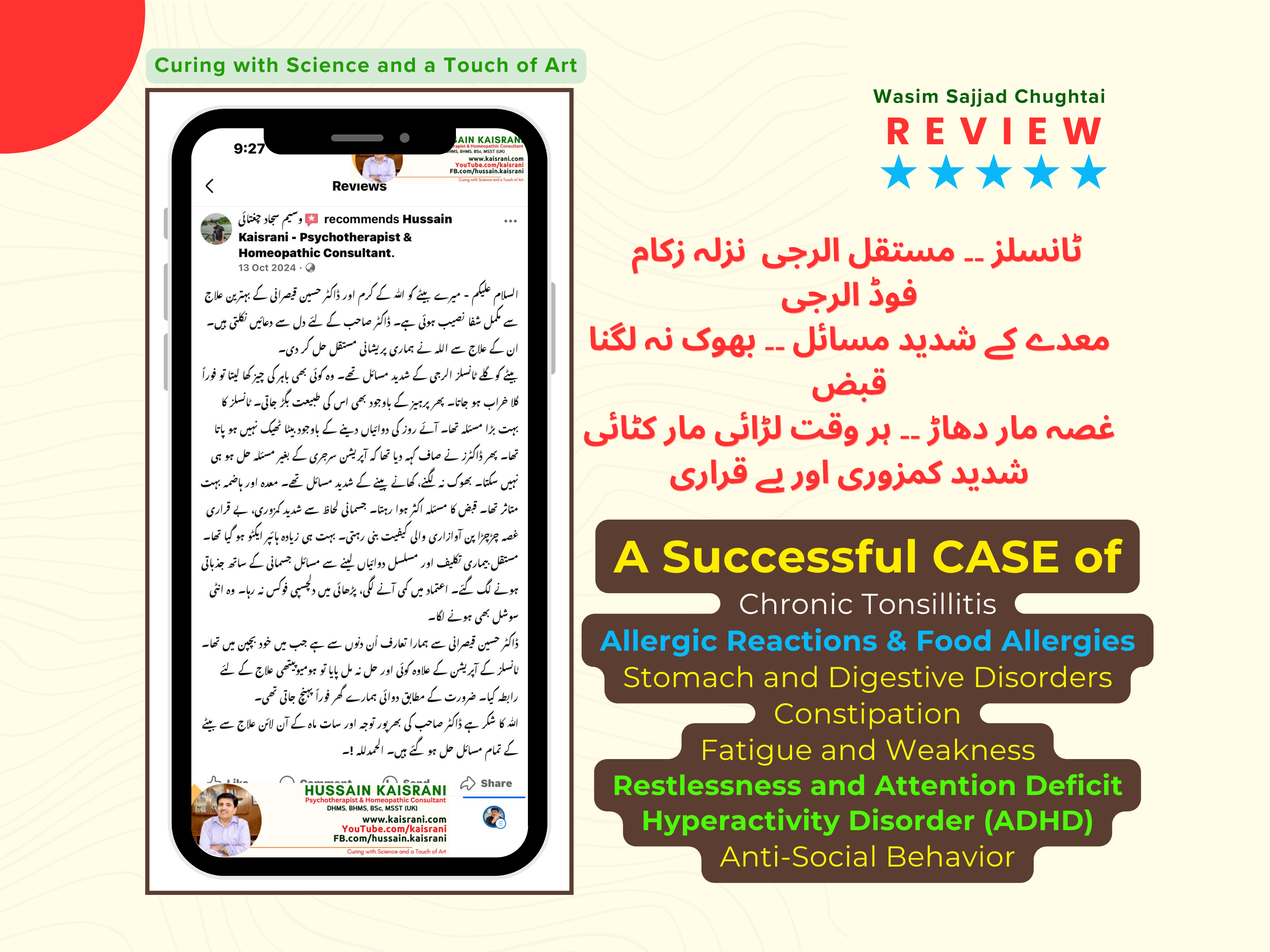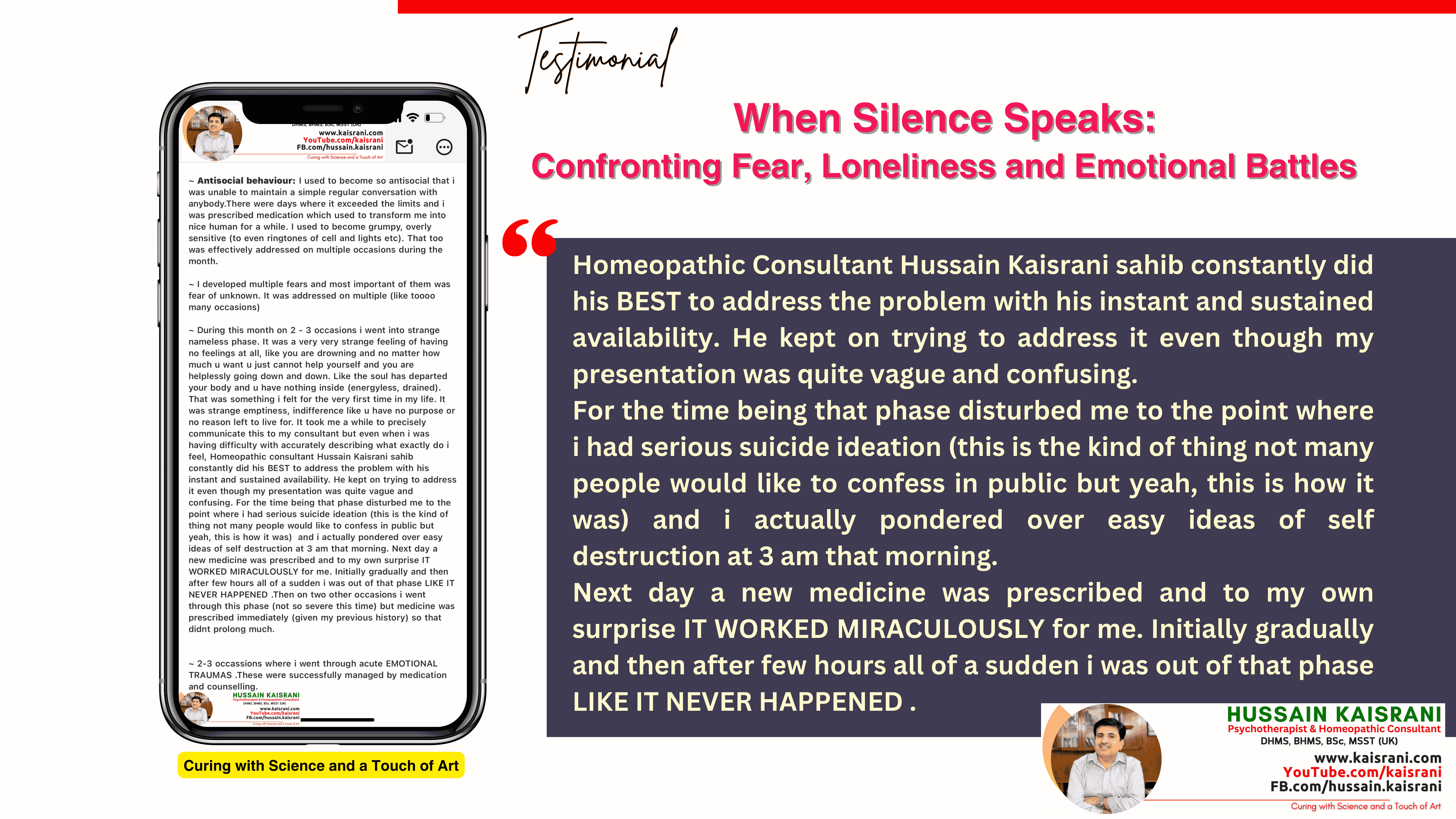Bartholin’s cyst – Homeopathy Treatment and Homeopathic Remedies
A Bartholin’s cyst is formed when a Bartholin’s gland is blocked, causing a fluid-filled cyst to develop. A Bartholin’s cyst is not an infection, although it can be caused by an infection, inflammation, or physical blockage (mucus or other impediment) to the Bartholin’s ducts (tubes which lead from the glands to the vulva). If infection















